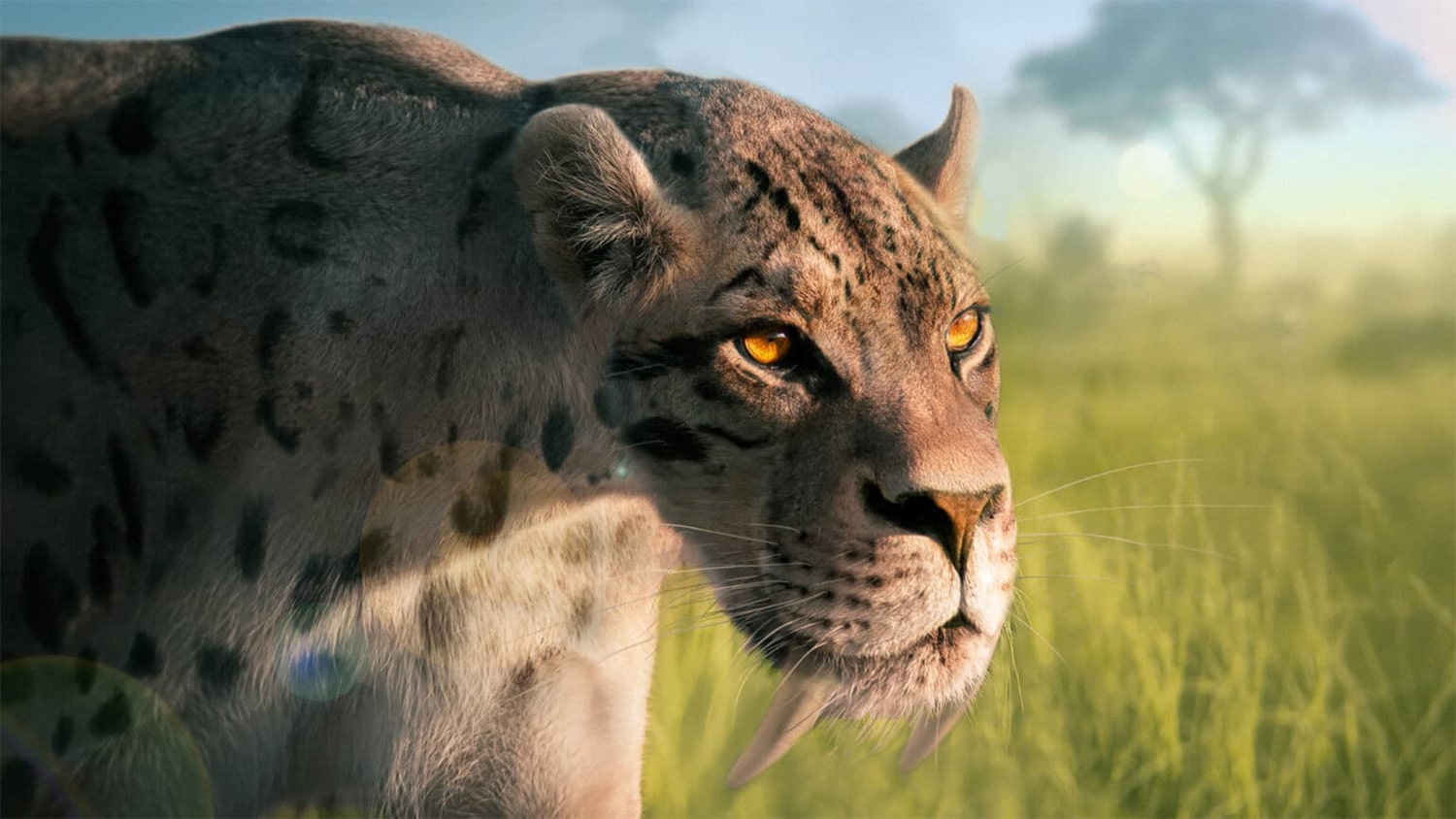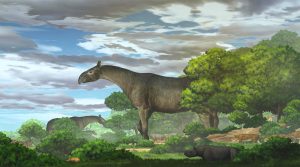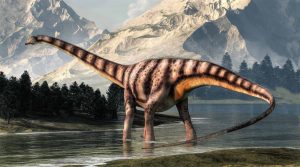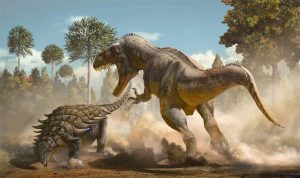
22 interesting facts about Smilodon
644
Smilodon, often dubbed the saber-toothed tiger, is one of the most iconic prehistoric mammals, fascinating scientists and the public alike for centuries. Despite its nickname, it is not closely related to modern tigers or other contemporary big cats. Smilodon roamed the Americas during the Pleistocene Epoch, showcasing physical characteristics and behaviors that set it apart from modern predators. Its formidable saber-shaped canines, which could grow up to 7 inches long, make it a subject of awe and study in the field of paleontology. Here are 22 interesting and informative facts about Smilodon that highlight its uniqueness and significance in the prehistoric world.
- Smilodon lived during the Late Pleistocene, approximately 2.5 million to 10,000 years ago.
- There are three recognized species of Smilodon: Smilodon fatalis, Smilodon gracilis, and Smilodon populator.
- Smilodon fatalis, the most well-known species, primarily inhabited regions of North and South America.
- Smilodon populator was the largest species, with some individuals weighing over 960 pounds (about 435 kilograms).
- The saber-toothed cat’s elongated upper canines were fragile and could break easily if used to pierce bone.
- Smilodon’s jaw could open up to an angle of about 120 degrees, far wider than that of modern big cats.
- Despite their nickname, saber-toothed tigers are not directly related to modern tigers or any other extant feline species.
- The structure of their limbs suggests that Smilodons were ambush predators, using their strength to wrestle down prey.
- Their diet likely consisted of large herbivores such as bison, camels, and young mammoths.
- Smilodon fossils have been found in a wide range of habitats, from dense forests to open plains.
- The La Brea Tar Pits in Los Angeles, California, are one of the richest sources of Smilodon fossils, offering insights into their ecology and behavior.
- Unlike modern big cats, Smilodons had a more bear-like build with shorter, more muscular limbs.
- Smilodon is believed to have lived in groups, possibly indicating complex social behaviors.
- The extinction of Smilodon around 10,000 years ago coincides with the decline of large herbivores they preyed upon, suggesting a link between their diet and extinction.
- Smilodon’s name means “knife tooth,” highlighting the distinctiveness of its canines.
- Analysis of wear patterns on Smilodon’s teeth suggests they used their canines to deliver a fatal bite to the soft throat of their prey.
- Despite their fearsome appearance, Smilodon’s bite force was relatively weak compared to modern big cats.
- Smilodon fossils have been found as far north as Alberta, Canada, and as far south as Patagonia in South America.
- The genus Smilodon was first described in 1842 by Danish naturalist Peter Wilhelm Lund.
- Smilodon gracilis, the smallest species, weighed about 220 pounds (100 kilograms), similar in size to a modern jaguar.
- Recent studies using computer simulations suggest Smilodon’s hunting strategy relied heavily on powerful forelimbs to grapple with and subdue prey.
- Smilodon’s saber teeth grew throughout its life, at a rate of about 7 millimeters per year.
Smilodon stands as a testament to the diversity and adaptability of prehistoric life, offering valuable insights into the ecosystems of the Pleistocene Epoch. Its remarkable physical traits, particularly its iconic saber teeth, continue to captivate and intrigue both the scientific community and the public. As research progresses, we uncover more about Smilodon’s way of life, habits, and eventual extinction, piecing together the story of one of the most fascinating predators to have ever roamed the Earth. The legacy of Smilodon highlights the importance of paleontological research in understanding our planet’s history and the myriad forms of life that have called it home.
 MillionFacts
MillionFacts 
 Related posts
Related posts 











